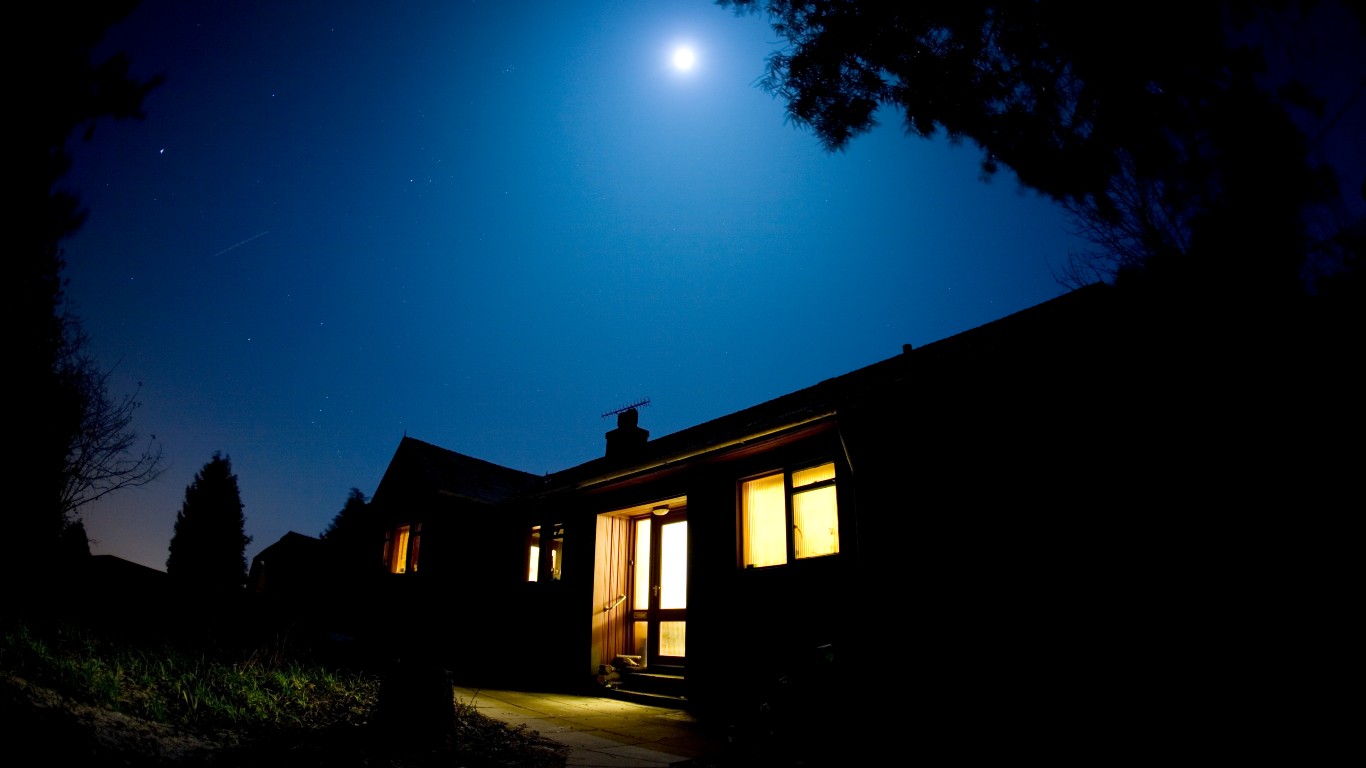
Nightmares – terrifying or unsettling dreams, occurring most frequently during deep REM (rapid eye movement) sleep – are more common among children than adults, but according to WebMD, 50% of adults report having them occasionally, and somewhere between 2% and 8% consider themselves plagued by such dreams.
To compile a list of the most common nightmares suffered by American adults, 24/7 Tempo reviewed a survey of more than 1,300 respondents conducted by SlotsMove, a slots review and gaming site. The site provided a shortlist of 15 common nightmares and asked participants to note which ones they had experienced.
According to the Merriam-Webster Dictionary, the “mare” in nightmare is an obsolete word that refers to an evil spirit thought to produce feelings of suffocation in people while they slept. By the late 16th century, “nightmare” had come to mean the feelings of distress caused by this spirit, and then was applied to frightening or unpleasant dreams.
The meaning and interpretation of nightmares varies from person to person. They often reflect our subconscious fears, anxieties, and unresolved issues. SlotsMove notes that nightmares can “stem from obvious triggers such as watching scary movies [or] switching to a new antidepressant, and can also be a side effect of increased stress or a recent traumatic event.” (If you’re susceptible to them, you might want to avoid watching any of the best horror movies of all time.)
The most common nightmare involves being chased. According to SlotsMove, this happens because the individual is having difficulty handling certain situations or feels trapped, like being in a bad relationship. Fear of falling is another common nightmare. According to SlotsMove, this is caused by a major disappointment or financial stress. Getting shot in your dreams is another frequent nightmare. Sometimes that originates from receiving harsh criticism. Or you’ve been watching too much violent content on television or at the movies.
Among the nightmares that most lists include but that don’t show up here are dreams of your teeth falling out (said to symbolize feelings of vulnerability, loss, or powerlessness) and of being naked or scantily dressed in public (which may reflect concerns about exposing one’s true self or feeling judged).
Click here to see the most commonly reported nightmares in America
The SlotsMove report found that there is wide gender disparity in some kinds of nightmares: Women outnumber men in nightmares about insect infestation (60.4% to 39.6%); physical appearance (59.2% to 40.8%); and being attacked (56.7% to 43.4%). Dreams about technology mishap, on the other hand, affect men far more often than women, by a ratio of 65.5% to 34.5%. (These are the 20 most common phobias.)
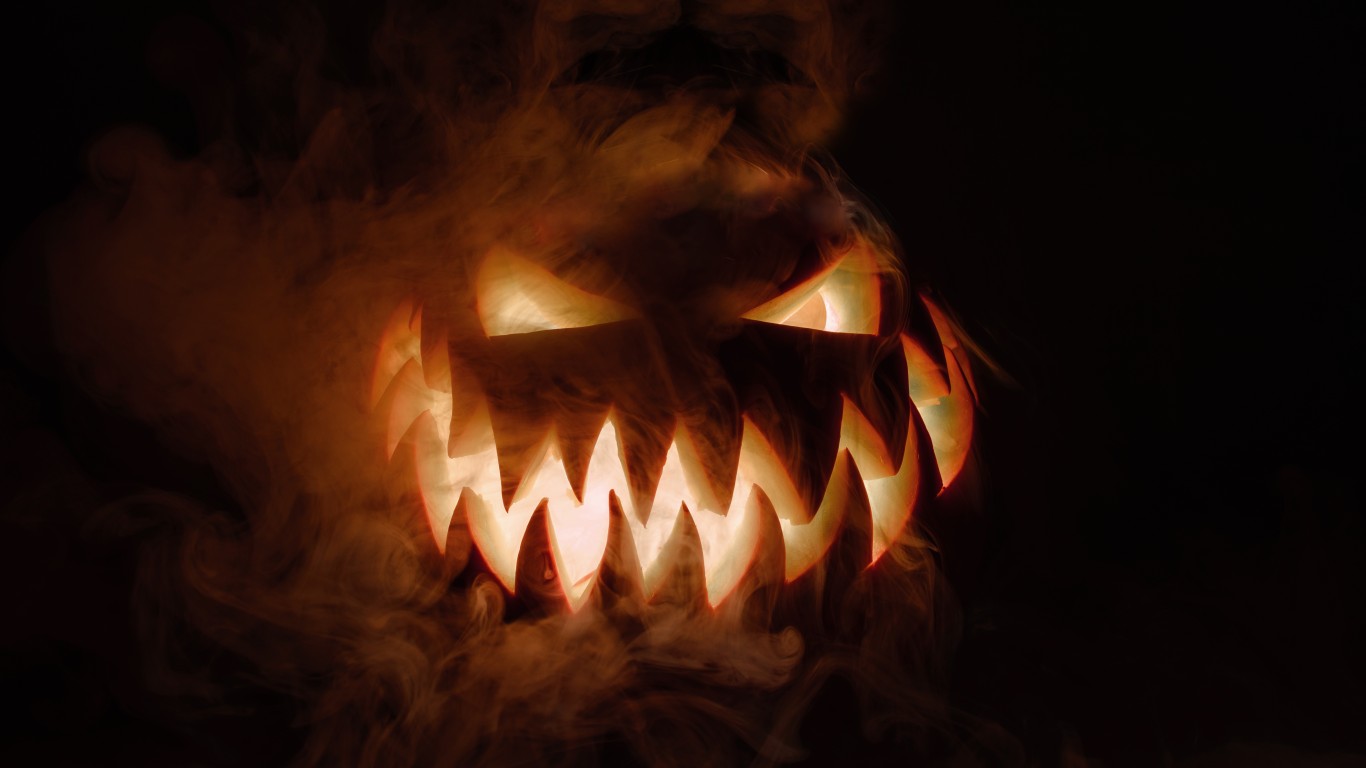
Monsters
> Portion of respondents who have it: 6.80%
[in-text-ad]

Car trouble
> Portion of respondents who have it: 8.50%

Bug and beetle infestation
> Portion of respondents who have it: 13.30%
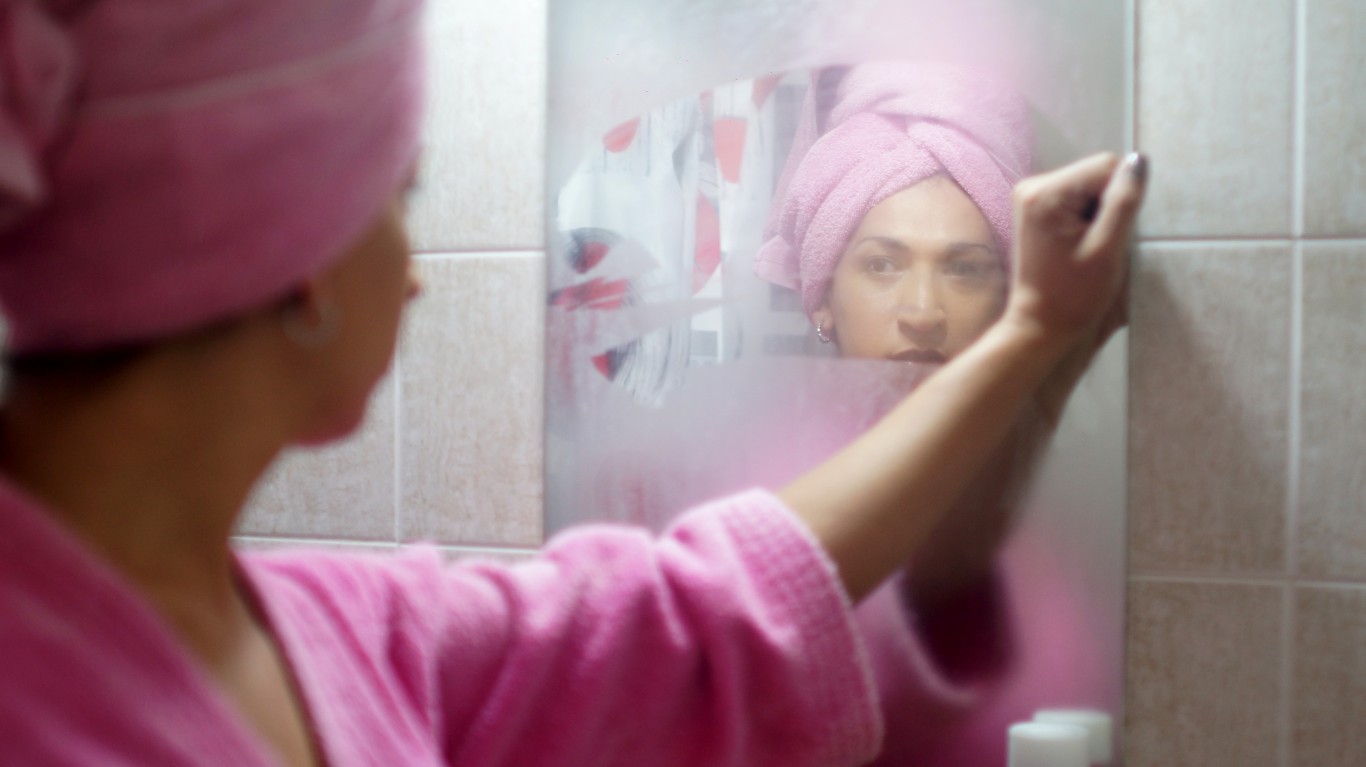
Abnormality of one’s body
> Portion of respondents who have it: 19.20%
[in-text-ad-2]
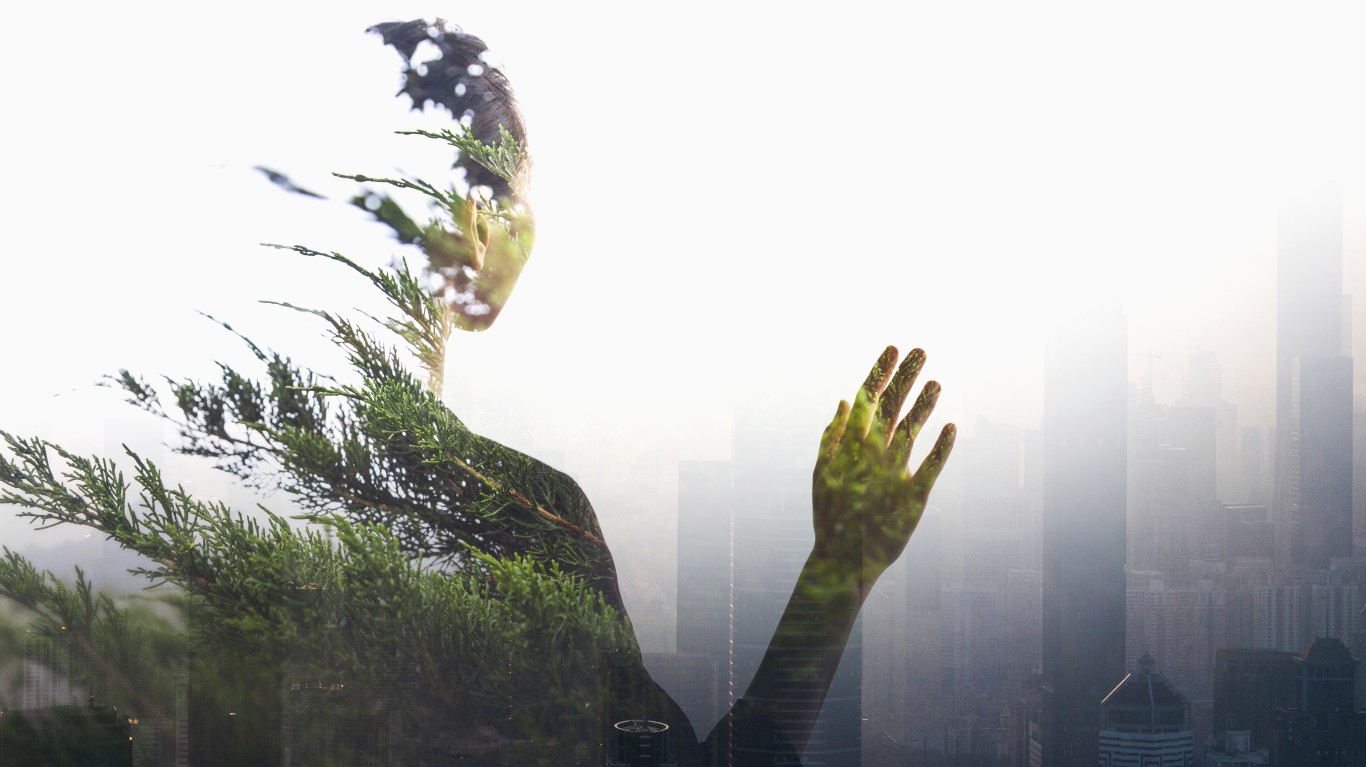
Trapped in a dream
> Portion of respondents who have it: 28.20%

Attending an exam unprepared
> Portion of respondents who have it: 30.40%
[in-text-ad]
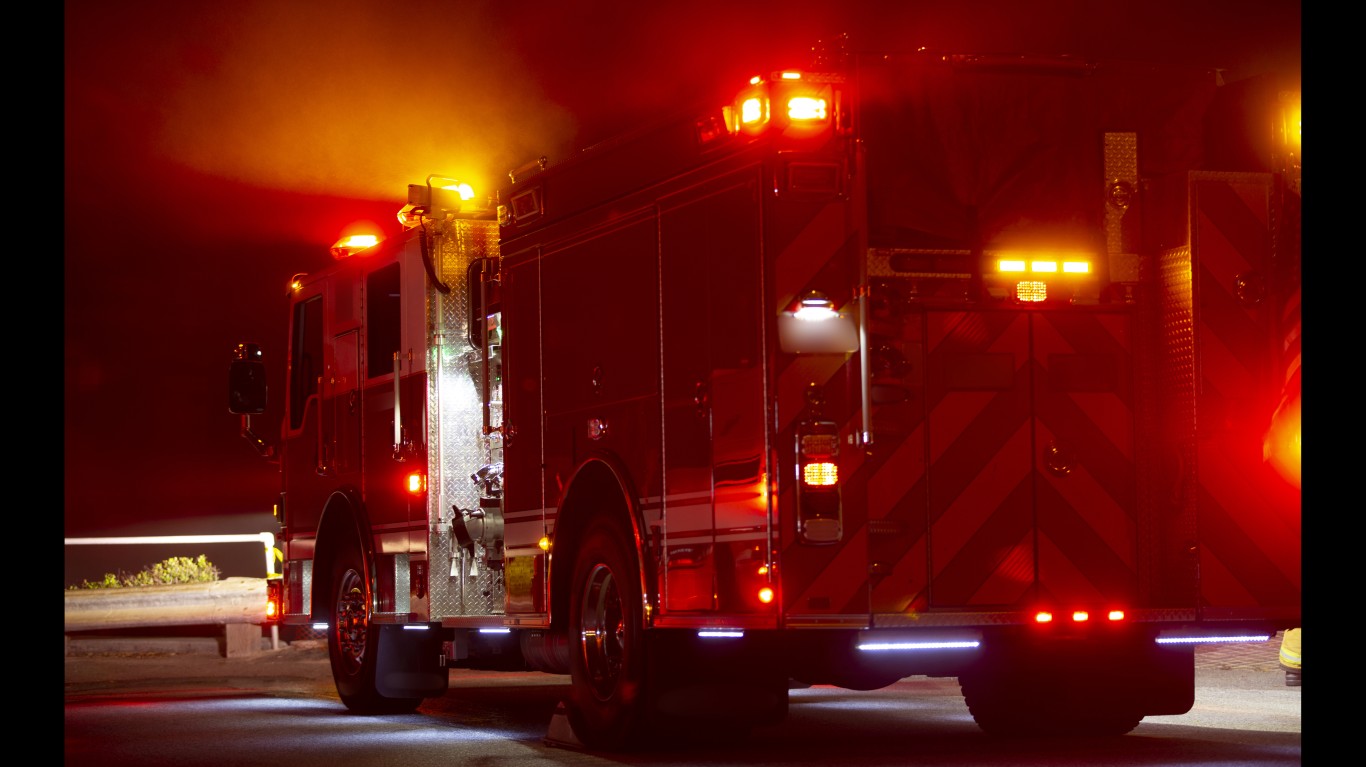
Catching fire
> Portion of respondents who have it: 32.80%

Sustaining a physical injury
> Portion of respondents who have it: 38.00%

Drowning
> Portion of respondents who have it: 39.40%
[in-text-ad-2]

Death of a loved one
> Portion of respondents who have it: 44.70%

Feeling lost
> Portion of respondents who have it: 46.10%
[in-text-ad]
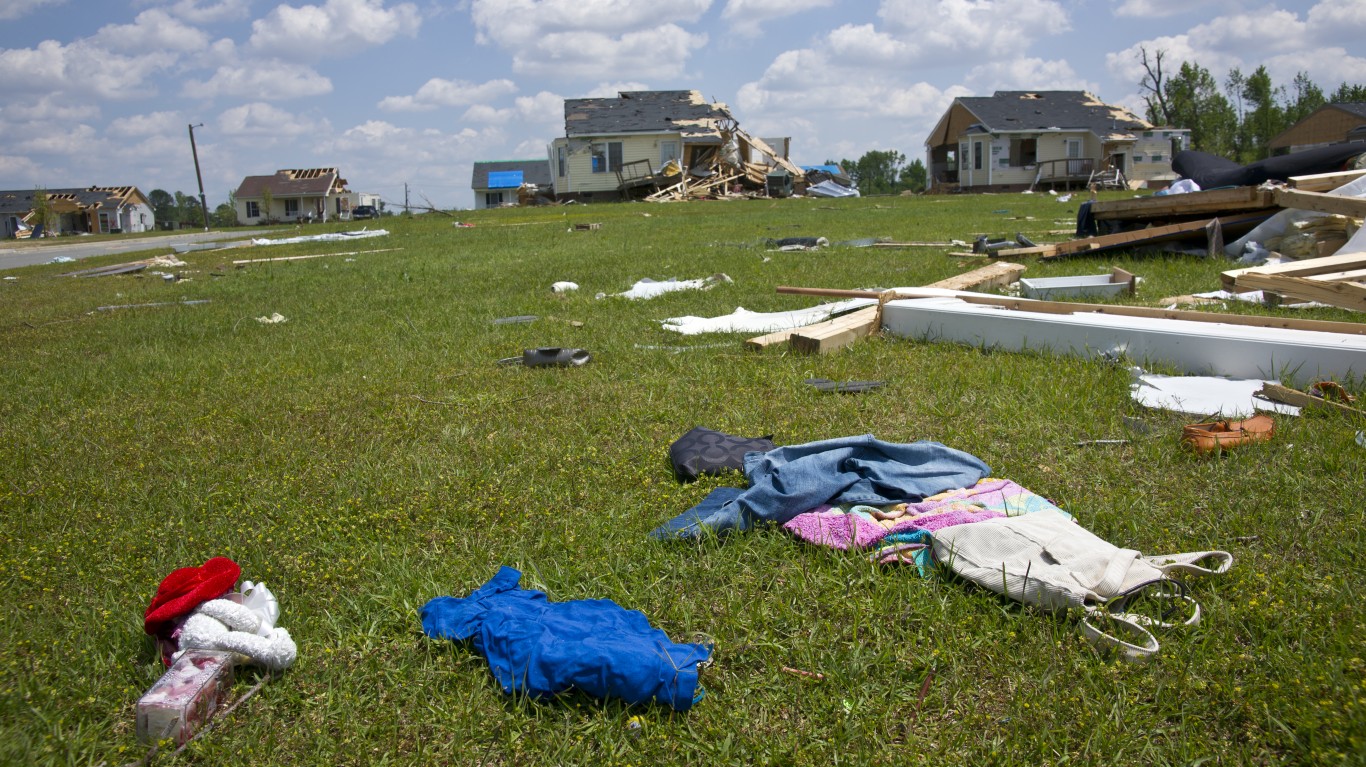
Tornadoes/Hurricanes
> Portion of respondents who have it: 51.40%
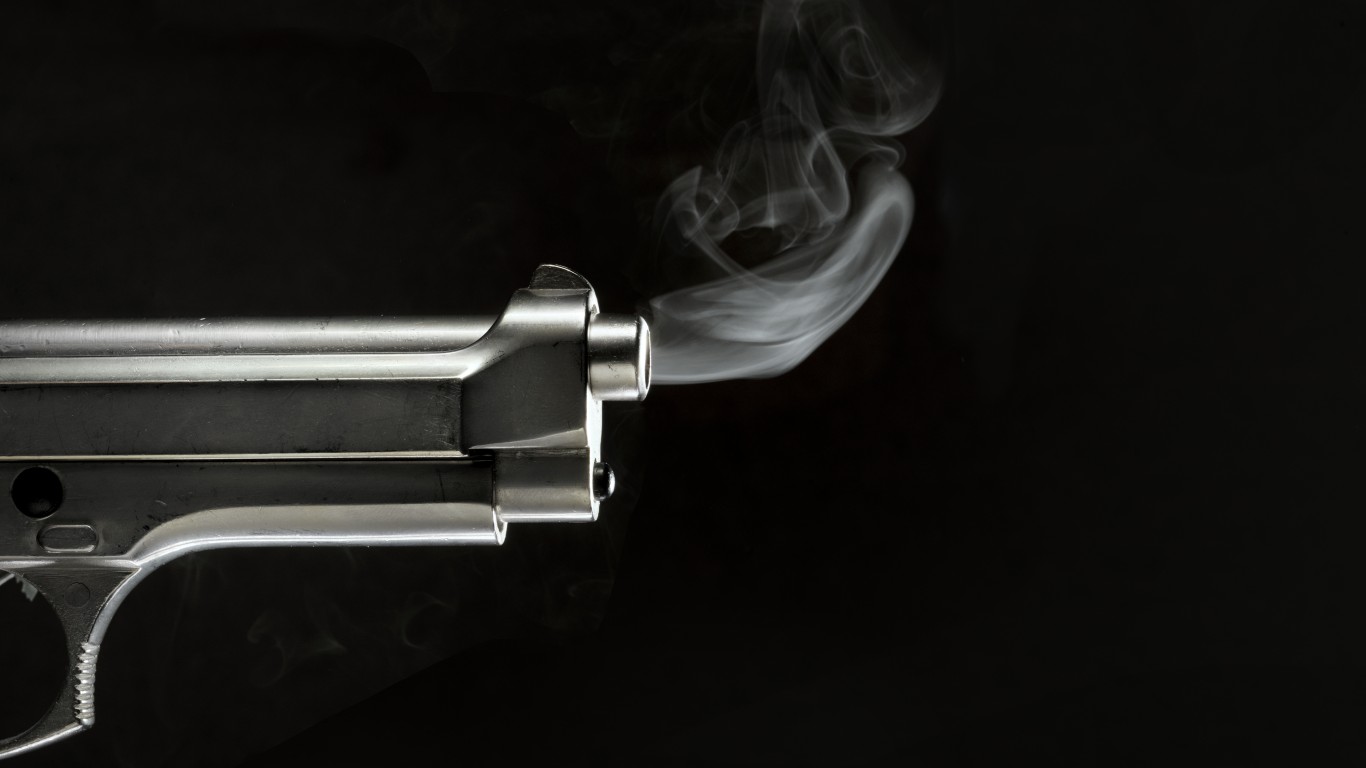
Getting shot
> Portion of respondents who have it: 54.80%
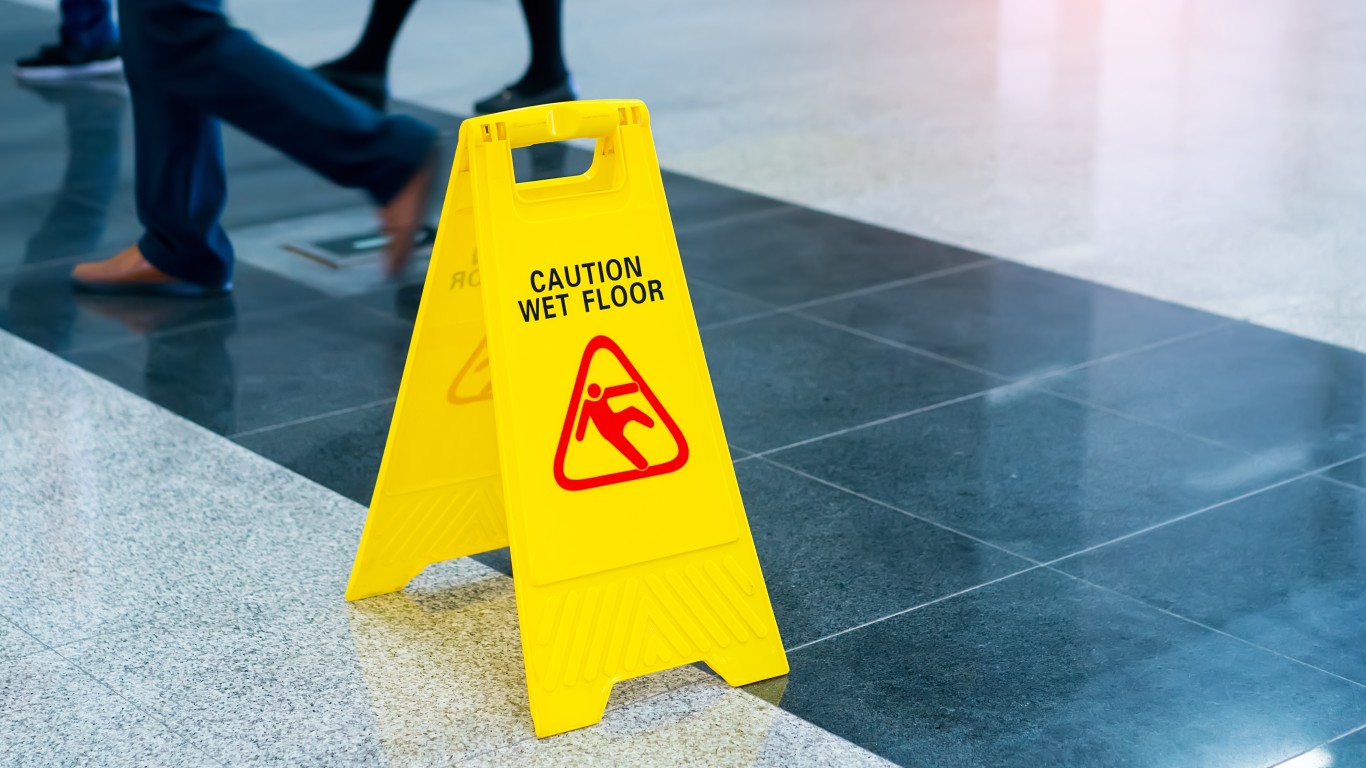
Falling down
> Portion of respondents who have it: 64.70%
[in-text-ad-2]

Being chased
> Portion of respondents who have it: 65.30%
It’s Your Money, Your Future—Own It (sponsor)
Retirement can be daunting, but it doesn’t need to be.
Imagine having an expert in your corner to help you with your financial goals. Someone to help you determine if you’re ahead, behind, or right on track. With SmartAsset, that’s not just a dream—it’s reality. This free tool connects you with pre-screened financial advisors who work in your best interests. It’s quick, it’s easy, so take the leap today and start planning smarter!
Don’t waste another minute; get started right here and help your retirement dreams become a retirement reality.
Thank you for reading! Have some feedback for us?
Contact the 24/7 Wall St. editorial team.
